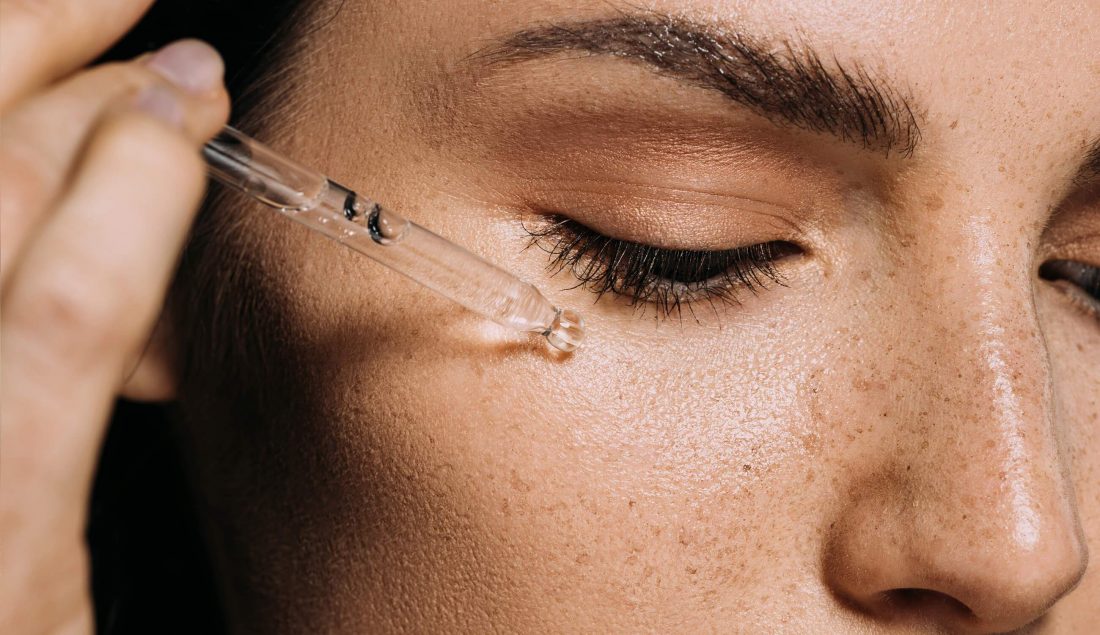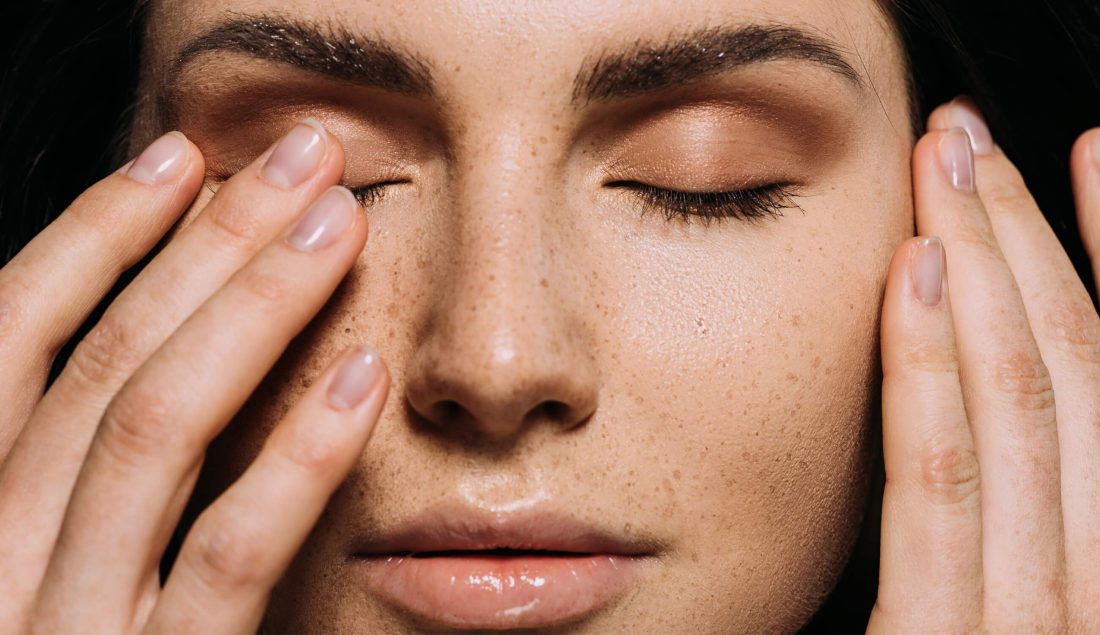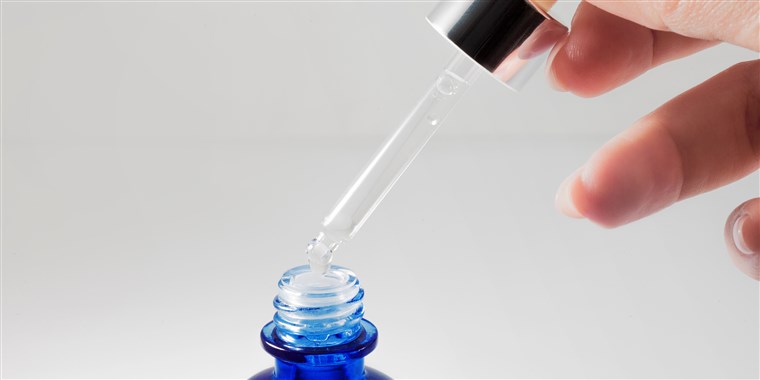
When it comes to keeping the skin hydrated and getting that deliciously plump, bouncy skin, beauty addicts know that the go-to ingredient is none other than good ol’ hyaluronic acid (a.k.a HA).
While there are many other similar humectants in the world of skincare, none have garnered such a glowing reputation such as hyaluronic acid. This clear, gel-like ingredient is beloved by many for its ability to hold over 1,000 times its weight in water, making it an excellent lightweight hydrator for most skin types.
Hyaluronic acid is also naturally found in our body, such as in our eyes and joints, but over 50% of it is found in our skin. However, like collagen, hyaluronic acid slowly depletes as we age – which can lead to typical ageing skin issues such as dryness, dehydration, wrinkles, loss in volume, and a lacklustre complexion.
The dark side of hyaluronic acid
 As you already know, HA is basically a moisture magnet. It’s a unique ingredient that actually shouldn’t be used on its own, as it requires certain conditions to deliver the desired effects. In order to make the most out of your hyaluronic acid serums, ampoules, or essences, this ingredients needs to meet two rules: it has to be applied on damp (not wet) skin, and preferably used before an occlusive skincare product.
As you already know, HA is basically a moisture magnet. It’s a unique ingredient that actually shouldn’t be used on its own, as it requires certain conditions to deliver the desired effects. In order to make the most out of your hyaluronic acid serums, ampoules, or essences, this ingredients needs to meet two rules: it has to be applied on damp (not wet) skin, and preferably used before an occlusive skincare product.
When HA is applied onto dry skin, it doesn’t have any water to bind to, and will seek out water from wherever it can. For example, if you live in humid conditions, the molecule will pull moisture from the environment into your skin. However, if you are applying HA to dry skin in an equally dry climate, it will end up drawing moisture from the deeper layers of the skin. HA then brings that moisture to the surface, where it eventually evaporates – leaving the skin drier and possibly more irritated than it was to begin with. So if you’re someone who’s experiencing a strange tightness to the skin after using HA, or feeling like it’s not doing its job – this is probably something to look into.
 You can easily counteract this by applying your hyaluronic acid product onto damp skin – whether you’re fresh out of the shower, or after spritzing your skin with a facial mist. Applying skincare products onto a damp face doesn’t just improve their absorbency into the skin, it also gives HA a reserve of moisture to bind to, thus retaining that hydration in your skin.
You can easily counteract this by applying your hyaluronic acid product onto damp skin – whether you’re fresh out of the shower, or after spritzing your skin with a facial mist. Applying skincare products onto a damp face doesn’t just improve their absorbency into the skin, it also gives HA a reserve of moisture to bind to, thus retaining that hydration in your skin.
You may also like: Dry vs dehydrated skin: What’s the difference and how to treat each concern
Another way to help your skin hold onto moisture – while ensuring the HA doesn’t end up evaporating the water in your skin – is by applying an emollient, occlusive moisturiser over the HA product to act as a “seal”. Using a moisturiser or facial oil as the final step in your skincare routine not only nourishes the outermost layer of your skin, it also helps to trap the HA and all the moisture it’s holding onto in your skin.
Not a one size fits all
It’s also worth checking out products that play with different molecular weights of hyaluronic acid to thoroughly keep your skin hydrated. Smaller molecules of HA can penetrate deeper into the epidermis, while other larger sized molecules usually sit closer to the skin’s surface. Those with really dry skin types can benefit the most from this, as it provides both long-lasting below-the-surface hydration, as well as immediate intense moisture to the skin’s surface for that instant smoothing and plumping effect.
Now that you have a better understanding of how hyaluronic acid works, here are some our favourite heavy-duty hyaluronic acid products to get you one step closer to hydrated skin:
(Swipe left for more)
Photos: Shutterstock
Product photos courtesy of Sephora Malaysia.















